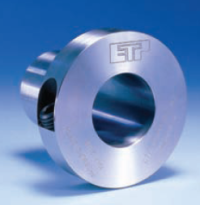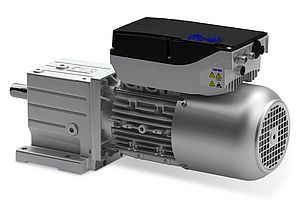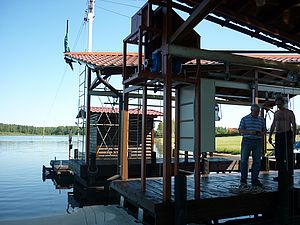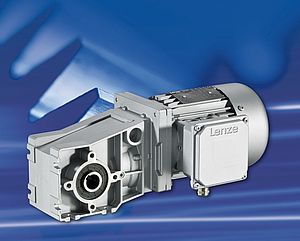Neuron is one of the most ambitious and high profile aeronautical projects in Europe this decade featuring cutting edge technology. The project is led by Dassault of France with partners in Sweden, Italy, France and Switzerland. Test flights are scheduled in 2011. The build makes use of reconfigurable fixtures that rely on the holding properties of ETP-Express locking bushes. These adaptable fixtures, known as ‘hexapods’, support the fuselage during assembly. As additional parts to the fuselage are built in different assembly stages, new fixtures are added or moved to new locations on the structure, thus giving maximum support and also enabling an optimal accessibility for the operators.
The six leg hexapod structure is well known in robotics and flight simulators for the ability to achieve true movement with six degrees of freedom, that is x, y and z axes plus yaw, pitch and roll. Hexapods are more commonly found with powered actuators, but a project between the University of Linkoping, ETP and SAAB sought to develop it for work holding. Here the additional advantages of high rigidity, ability to accept side loads, very precise adjustment and small footprint become relevant.
On each leg is fitted a locking bush which allows sliding movement until tightened when it becomes rigid without backlash. Hexapod holding fixtures can be laser aligned and locked in position. When the time comes to reconfigure the fixture, the ETP bushes are simply loosened giving immediate free release of the legs.
The shaft locking bushes are more commonly used for connection of hubs, sprockets, cams and gears to rotating shafts without using keyways. They work by pressurisation of a cylindrical chamber that sits between thin inner and outer walls, causing them to expand and grip the hub and the shaft. Pressurisation that sets the rated performance is easily achieved by tightening a single radially-mounted screw. The bushes have features that are ideally matched to the hexapod application.
As well as torques transmitted radially, ETP-Express is equally good at transmitting the axial forces present in the hexapod. Partial tightening of the pressurisation screw achieves a light resistance force against movement which is ideal for setting the position. Once set, the full tightening torque is applied without any resulting axial movement that could disturb the set position. Loosening the single screw gives immediate and free release.
The Neuron project will produce an unmanned aerial vehicle to serve as a technology demonstrator with first flight expected in 2011. Its 6700 kg weight, 12.5m wingspan and Star Wars appearance is based on a high degree of build precision thanks to the reconfigurable hexapod fixtures with ETPExpress locking bushes.



























